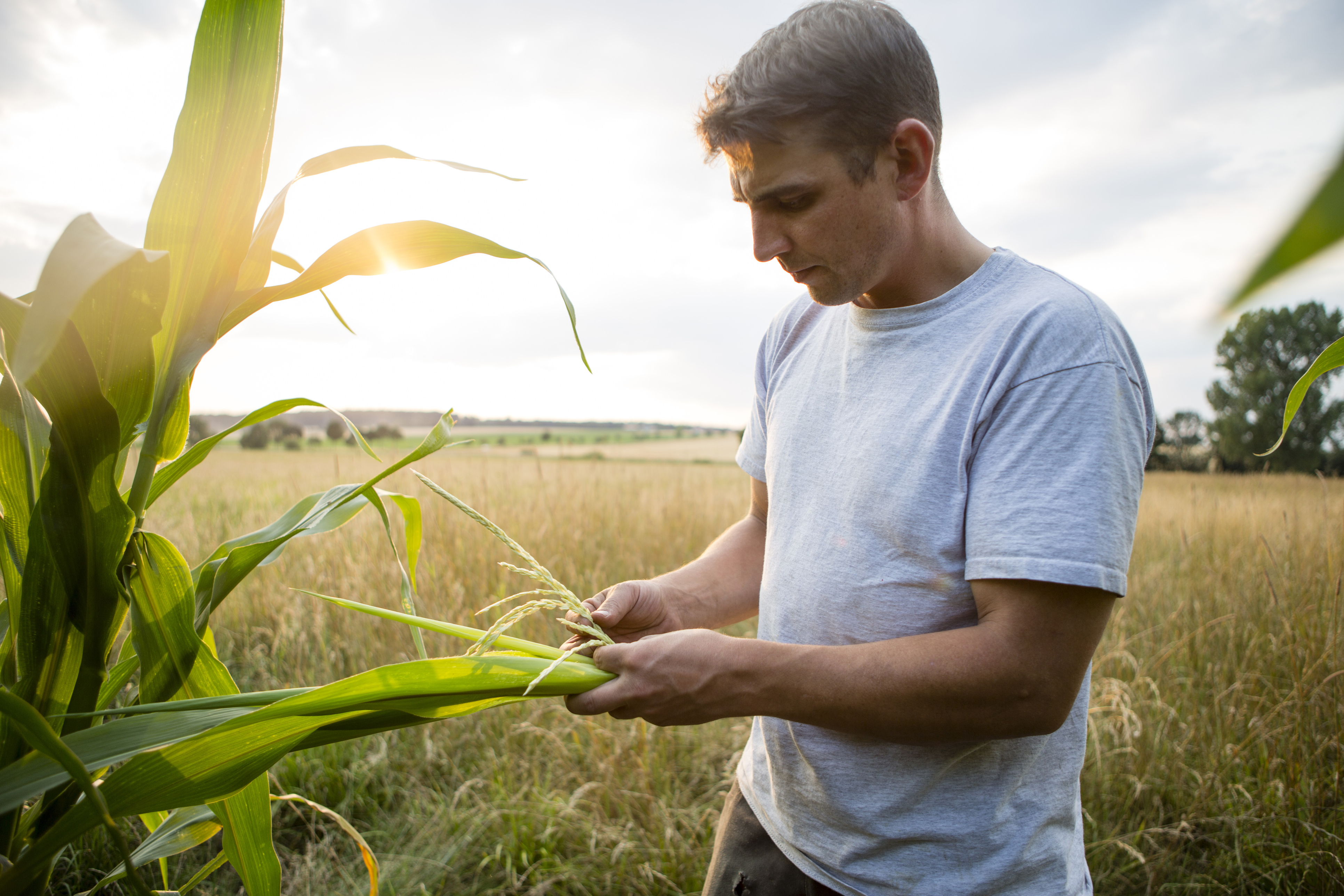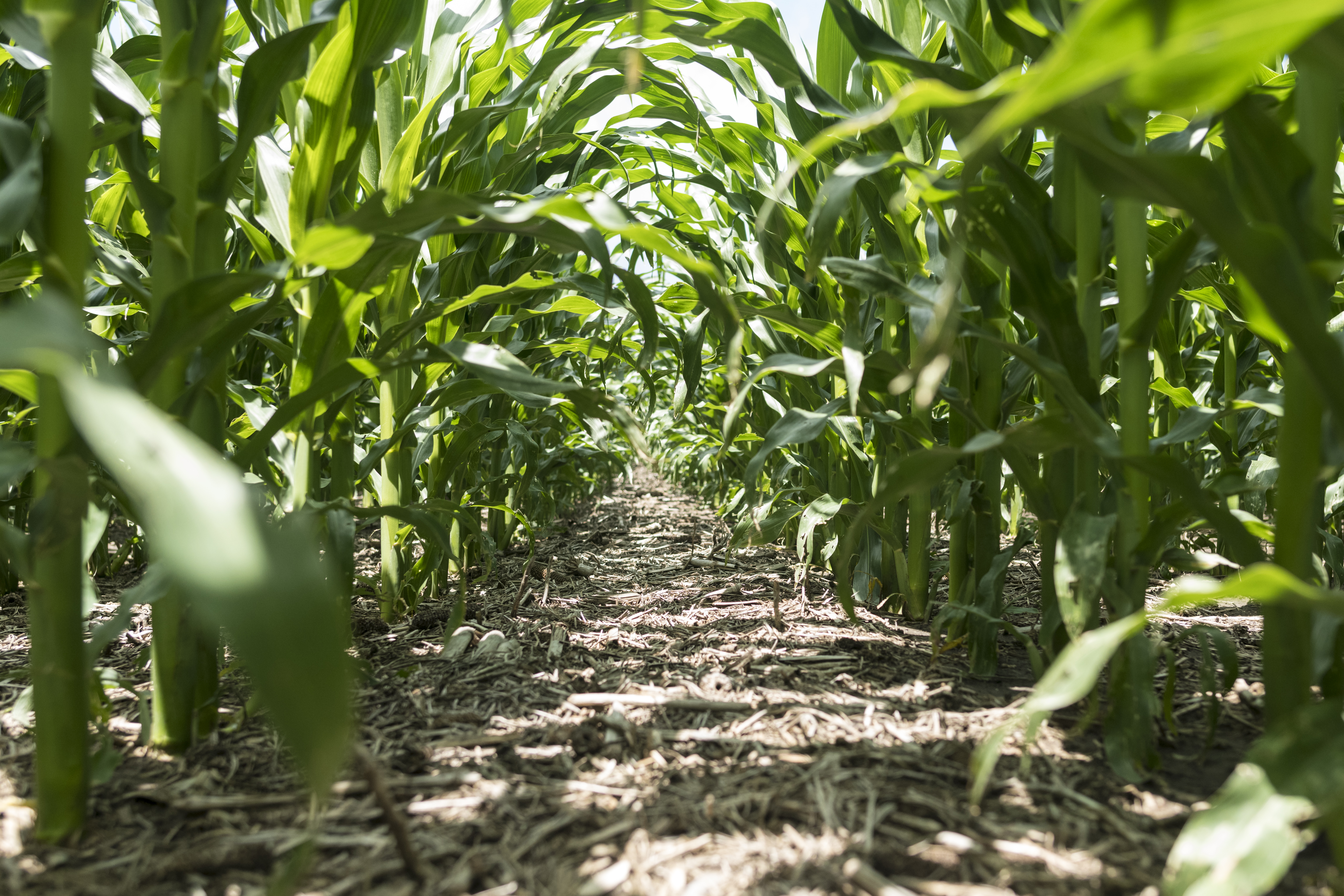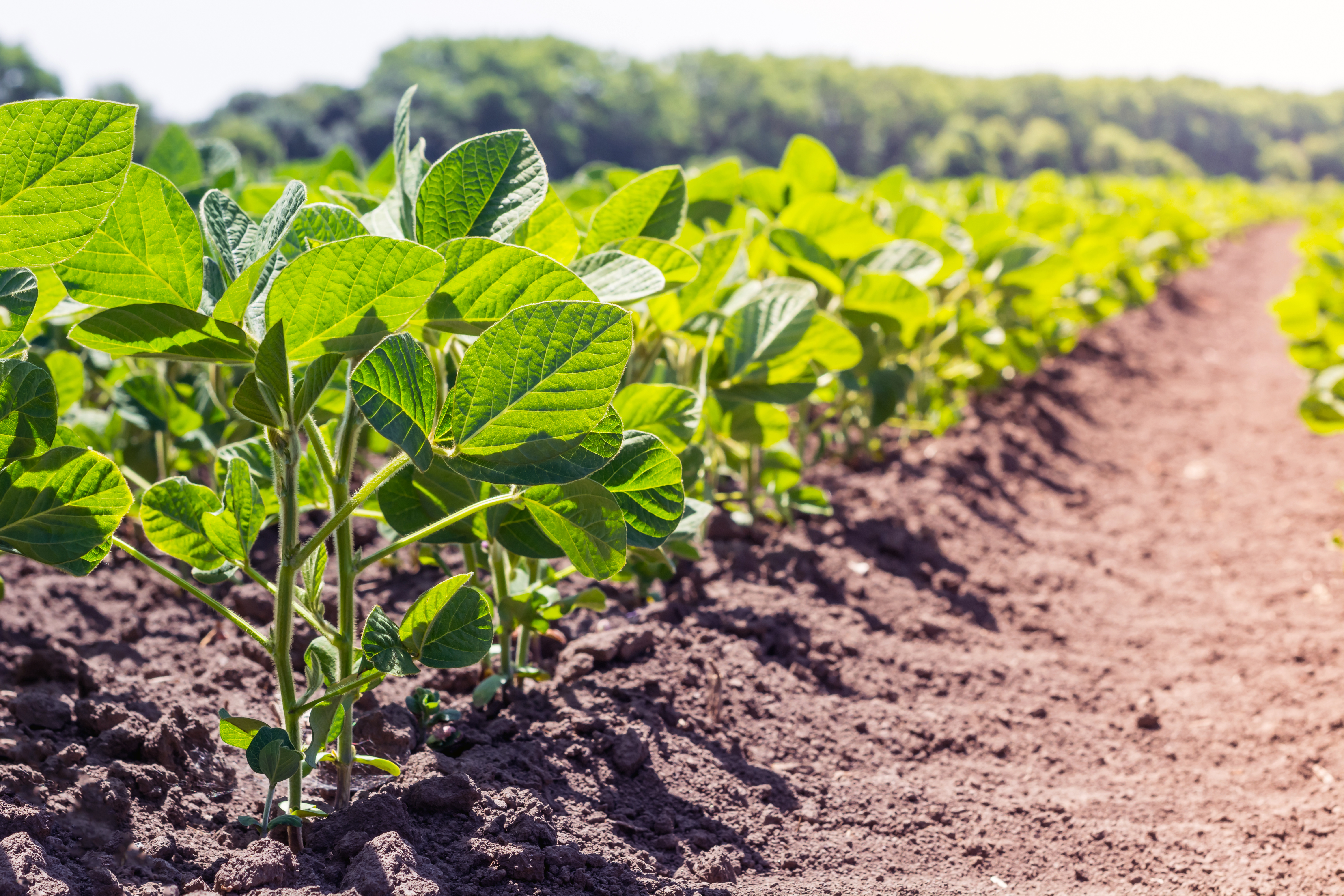Is tissue analysis beneficial? If so, how often should samples be collected? For tissue analysis to provide real insight about plant growth, the samples must be collected multiple times throughout the season, and across multiple sites within the field each time, to provide a representative sample. The agronomists at Norder Supply can assist with tissue sampling recommendations to maximize net return per acre.
Quite a few factors can falsify tissue sample results. Since tissue analysis is measuring the concentration levels of nutrients in the plant tissue, taking samples during any period of rapid growth is likely going to produce inaccurate information. Secondly, plants under stress will have different concentrations of nutrients when compared to plants growing in favorable conditions. Heat and water stress are the most common sources that skew tissue sample results, but disease pressure, insect pressure, or recent herbicide applications can also create misleading results. To avoid heat and moisture stress, samples are best taken in the morning hours, and taken approximately the same time throughout the season. The samples must also be representative of the field, so taking a few leaves from one area is not appropriate for quality results. When taking tissue samples, you must also know which leaf to submit. From V6 until ear shoots emerge, the most mature collared leaf is collected. From VT on, tissue tests should be taken from the ear leaf.
Tissue samples should not replace a soil sample. A soil sample is the best option for planning your base line fertility. Tissue samples are better equipped for fine-tuning or making small corrections when weather does not cooperate with your expected nutrient uptake. When we know the issues that can produce faulty data, and avoid these situations, tissue sampling can be a valuable tool. If tissue sampling for a sidedress application of nitrogen, a Pre Sidedress Nitrogen Test soil sample is also recommended.
These are the recommended intervals for tissue sampling in corn:
V6-V8-Plants in this stage are no longer living off the stored energy of the seeds and beginning ear size determination. Rapid nutrient uptake is about to start, so plants can still respond to a sidedress application at this time if nutrients are deficient.
V12 (Pre-tassel)-Plants are rapidly taking up nutrients and growing quickly. Nitrogen and Sulfur are our two main nutrients to be concerned with at this point.
VT (Tassel)-Plants should have the highest concentration of nutrients at this point. It is still possible to apply foliar fertilizers to offset some deficiency, but responses will be much less than earlier applications.
Milk-Plant uptake of nutrients is almost complete and the developing ear is a sink for nutrients so concentrations in the leaf tissues should be declining. Deficiency at this point is almost unrecoverable.
Black Layer-A stalk nitrate test at this point will help dial in the next corn crops nitrogen needs.
For other crops, the sampling procedure will be different but the timing is about the same. Two samples in the vegetative stages and two samples in the reproductive stages should be enough to get a good idea of what is happening in the plant.



